Ever walked into a boomer’s house and thought, “Wow, it’s like time stopped in 1992”? From landlines to lace doilies, some products just won’t die—because boomers keep buying them like they’re on a sacred quest to keep RadioShack in business. Don’t get us wrong: nostalgia is cute, but there’s a fine line between vintage charm and straight-up wasting money.
So we rounded up 13 big-name products that boomers can’t quit—no matter how irrelevant, overpriced, or laughably outdated they’ve become. Some of these are clinging to the past like a flip phone with T9 texting. Others? Just plain scams dressed up as “practical purchases.” Let’s break down the stuff boomers are still throwing their wallets at… and why it’s time they finally let it go.
1. Landline Phone Service
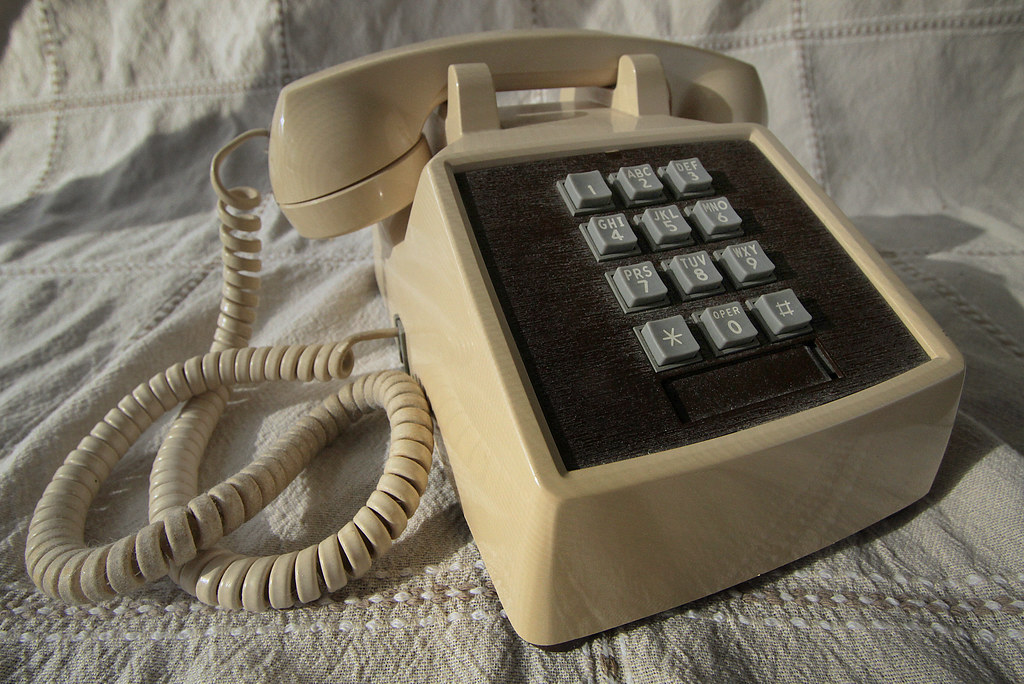
Remember the comforting click of a handset sitting in its cradle? Yeah, neither do most millennials. Yet boomers will happily shell out $30–$50 a month for a landline like it’s their personal hotline to the past. According to National Interest, landline subscriptions have plummeted by over 40% in the last decade—and for good reason: you can’t text, you can’t FaceTime, you can’t even check your voicemail without calling a separate number.
Seriously, why pay for an extra bill when your smartphone does everything better? Even in emergencies, most people rely on cell service; landlines get blocked during outages and require a physical line that can get yanked by a sneeze. Plus, the monthly packages always come bundled with cable and internet, so you’re practically forced to subscribe to channels you’d never watch. Trust me, that “family discount” isn’t saving you anything.
2. Weekly TV Guide Magazine
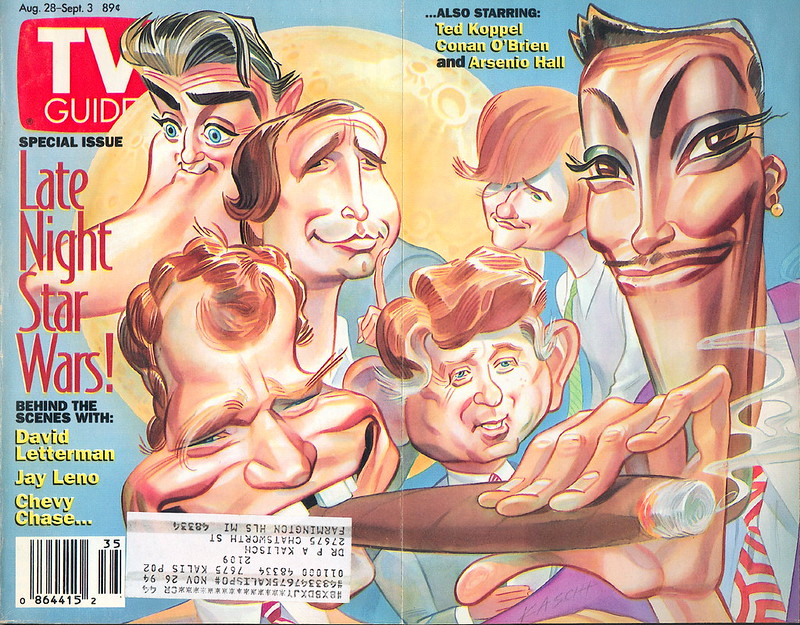
You know the one—bright orange pages, celebrity blurbs, and listings for channels no one’s subscribed to. Boomers still buy these at the grocery checkout like it’s the morning paper, blissfully paging through schedules hopelessly outdated by DVR, streaming, and the 24/7 on-demand world. As The New York Times noted in a broader piece on consumer habits, print subscriptions are down a whopping 60%—and for magazines like TV Guide, nearly extinct.
Here’s the kicker: every streaming service has its own digital guide, complete with customized recommendations. Yet boomers cling to these flimsy booklets as if they unlock the secret to “finding good shows.” Spoiler: the only secret is how to waste $2.99 every week. And don’t get them started on the crossword—they’re solving puzzles you can literally download for free on your phone.
3. Pill Organizers with Tiny Compartments
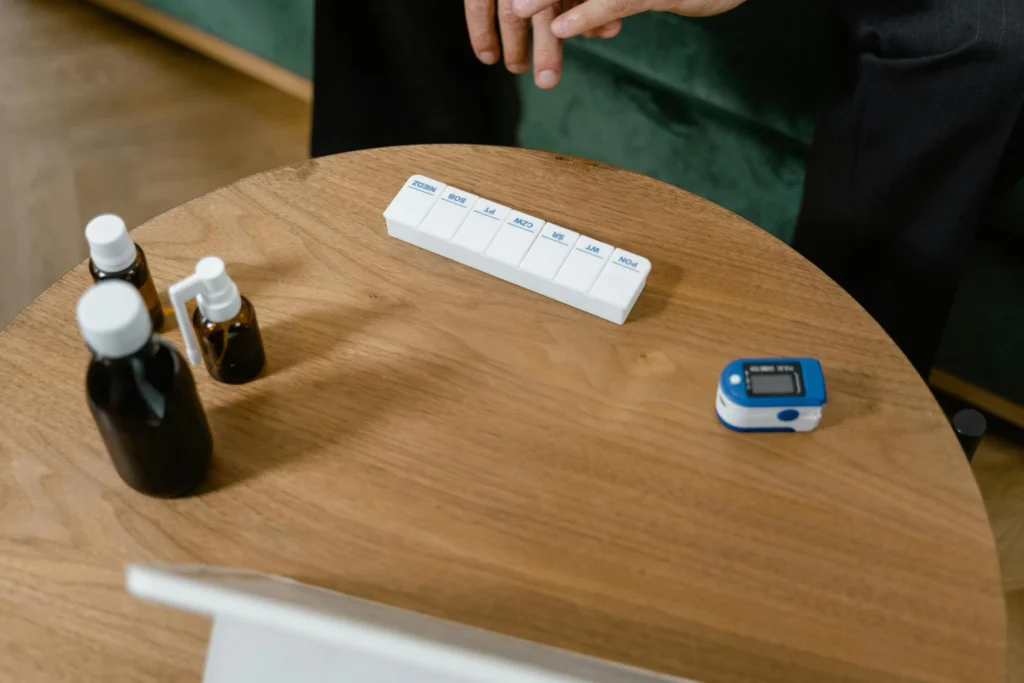
Ever seen the blister-packing, color-coded pillboxes with compartments smaller than a Tic Tac? Boomers buy them with gusto, convinced these will prevent missed doses, yet half those pills end up spilling onto the counter because the compartments’ flimsy plastic snaps open with a sneeze. VeryWell Health did a deep dive into medication adherence devices and found that “patients end up ignoring them when they’re more hassle than help”.
Plus, healthcare apps on your phone can send reminders and even reorder prescriptions automatically. Why wrestle with a stubborn plastic lid that gouges your thumb when a smartwatch alarm does the trick? These organizers look neat on the countertop, but in practice, they become a clutter magnet—just another tchotchke gathering dust in the drawer.
4. “Orthopedic” Brand-Name Sandals
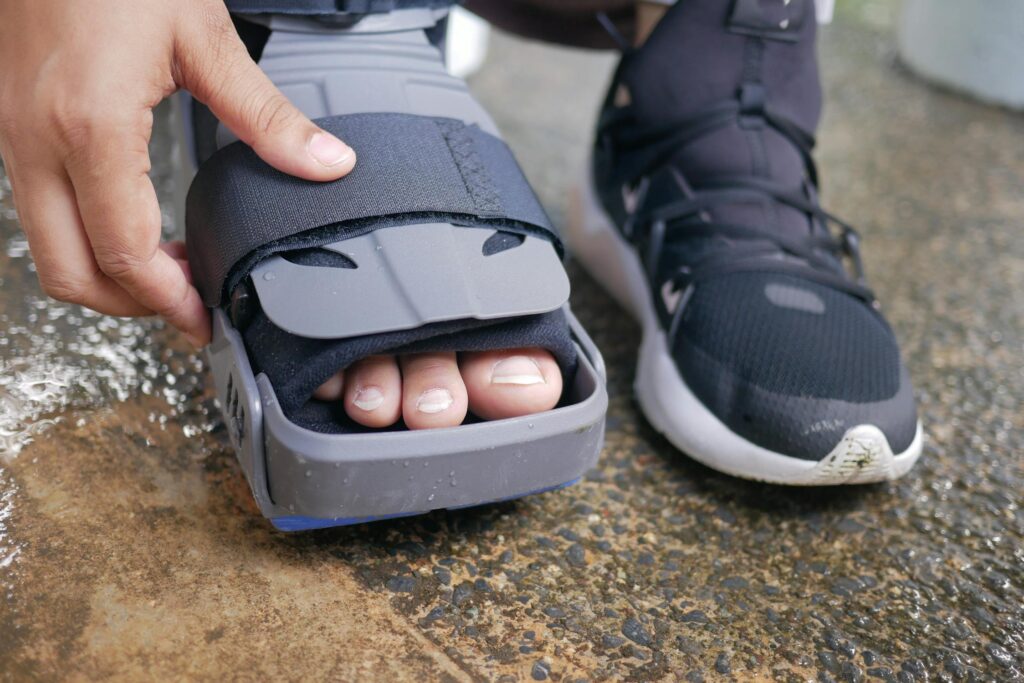
You’ve seen them: chunky straps, Velcro closures, and prices that could fund your weekend brunch. Boomers swear by these sandals—“arch support,” “spinal alignment,” yadda yadda yadda—but oftentimes, they’re no better than generic versions half the price. Forbes’ shopping experts tested multiple pairs and found “no statistically significant difference in comfort or support between the premium brands and budget knockoffs”.
And let’s be real: the chunky aesthetic was uncool in 1994, and it’s still uncool today. You can find plenty of mid-range athletic brands that actually incorporate modern biomechanical research—and they won’t gouge your wallet. Yet boomers will stand in the mall and debate sandal buckle finishes for an hour, as if that’s going to fix plantar fasciitis. Newsflash: fresh air and a good stretch cost zero dollars.
5. Mega-Pack Multivitamins

If supplement aisles were Vegas, boomers would be throwing chips at the Mega B-Complex slot machine daily. They’re convinced that loading up on 50 different vitamins is the fountain of youth, despite countless studies showing that most people get adequate nutrients from a balanced diet. A New York Times health roundup reported that “routine multivitamins offer negligible benefits for the average adult”.
Yet there they are, pill-popping by the handful every morning—C, D, omega-3, calcium, you name it. Meanwhile, fruit and veggies go uneaten, and those pricey pills just pass through, getting flushed or expelled. If you want real gains, skip the gummy B-50’s and invest in a nutritionist consultation or a CSA box. Your body—and your wallet—will thank you.
6. VHS-to-DVD Conversion Services
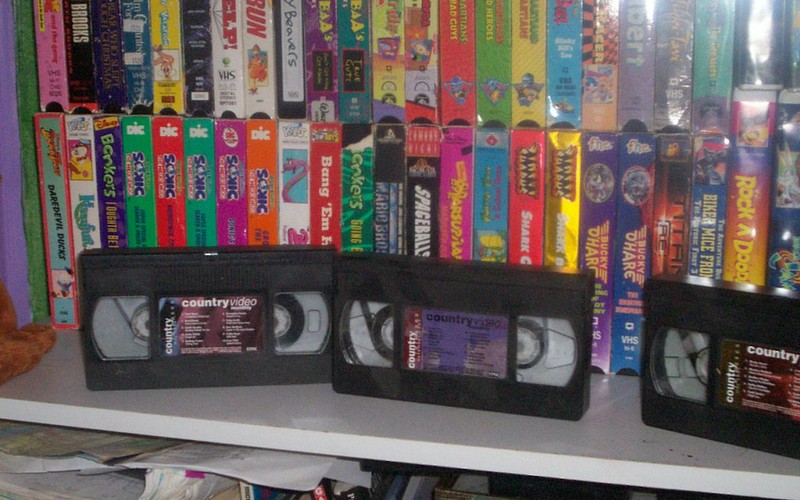
Time warp alert: boomers still cling to dusty shoeboxes filled with VHS tapes of your childhood birthday parties. Instead of enjoying them online, they’ll pay $20 per tape to have an old-school service convert these relics to DVDs that—surprise—scratch after five plays. Meanwhile, cloud storage is cheaper, higher quality, and won’t wear out. But no, give boomers an analog format, and they’ll guard it like the crown jewels.
What’s worse, the conversion process often compresses video into a tinny, blocky mess. You end up with a disc you can’t play on your laptop, a DVD player that sits collecting cobwebs, and memories that look worse than recorded on a Flip phone. It’s time to show them YouTube or Google Photos—your VHS tapes deserve better.
7. Single-Use Subscription Newspapers

Daily print newspapers were cool when you had your morning coffee—now they’re just soggy ink and recycling guilt. Boomers renew these subscriptions year after year, then complain about the bulk in their recycling bin. Every story is online, behind a paywall or not, but they’d rather let newsprint pile up than click “Cancel Subscription.”
And don’t get me started on the coupon inserts—they’re all expired before the mail hits the porch. Digital versions let you highlight, search, and even listen to articles on the go. But boomers will still lug around a giant folded-up sheet, contorting themselves in the subway to finish the last column.
8. Pre-Packaged “Just Add Water” Meals

Those hearty-sounding “gourmet” pouches that tout “all natural” and “no preservatives”? Boomers fall for them like squirrels on a bird feeder, dropping $5 a pouch. Yet real meal prep—chopping veggies, grilling chicken—takes 20 minutes and tastes infinitely better. Plus, you control the salt.
Instead, boomers slave over hot water kettles, waiting for their #10 canister to rehydrate. By the time it’s ready, flavor’s gone MIA, and they reach for hot sauce as if it’s a lifesaver. Real talk: you’re paying premium for dehydrated sadness.
9. Cable TV’s Premium Sports Packages

Shockingly, boomers will double their cable bill to watch every golf tournament, NASCAR race, or tennis match. But here’s the plot twist—nobody else in the house even notices. They’re the only ones yelling at the screen over a missed putt, while everyone else watches Netflix.
And yet they pay an extra $30 a month for channels that broadcast two minutes of live action, interspersed with three hours of analysis. Stream services can offer single-event passes—so why are they locked into a two-year contract? It’s like subscribing to a gym membership and never going.
10. Overpriced Knitting and Craft Kits
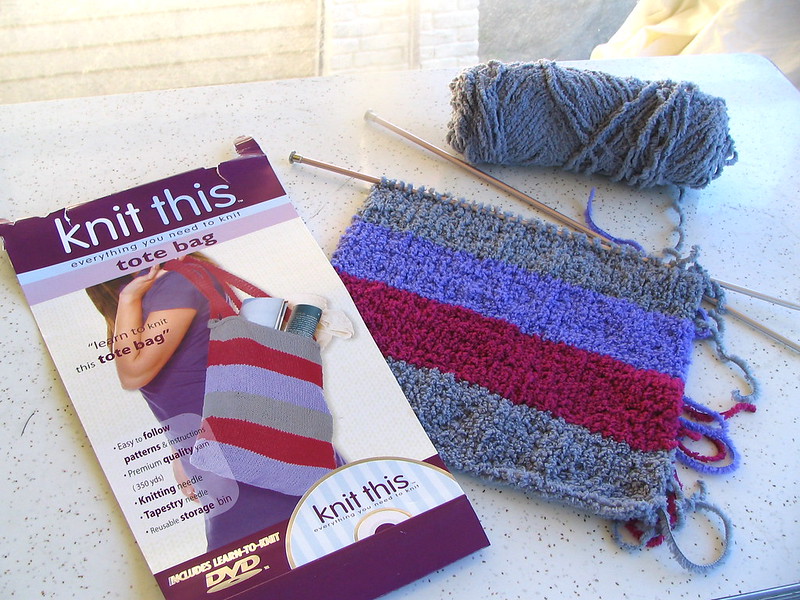
Remember how Etsy sellers laugh at chain kits? Boomers pay $50 for a “deluxe” macramé kit with half-used yarn and instructions that assume you’re an expert. Then the project gathers dust as fast as a Blu-ray you never open.
If they want crafts, local thrift stores are goldmines for supplies. Instead, they’ll wait for the mailman and unbox disappointment. And then blame their “lack of creativity.” Pro tip: a ball of yarn and YouTube tutorials cost zero. These kits often include so many tiny bits—pom-poms, glitter, beads—that you end up with leftover bits you’ll never use. They promise “all materials included,” but don’t tell you that half of them are coupon-clipper scraps. In the end, you’re not crafting joy, you’re crafting landfill fodder.
11. Bulky Desktop Printers with Cartridge Subscriptions
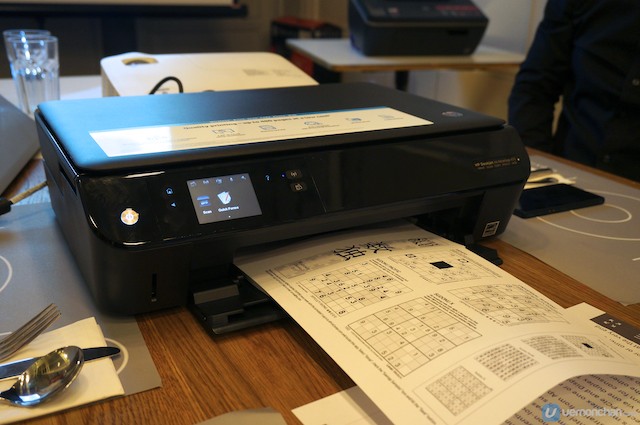
Boomers insist on owning that corner-of-the-desk behemoth printer, complete with ink plans for $20 a cartridge. Then they wonder why it sits idle and dried out for weeks—turns out printers hate vacation. By the time they need one page, the nozzle’s clogged, and they buy a new cartridge anyway.
Meanwhile, you can pay five cents per page at FedEx, or invest in an affordable laser printer that holds toner for months. But boomers will give a fax machine more love than dropping by an office supply store. And don’t get them started on the monthly “maintenance kit” upsell—they treat it like a collectible. The paper jam drama series starts back up every time you feed it a single sheet. At least when you’re out of ink on your phone, you can’t accidentally ruin an important PDF.
12. Large-Print Books They Never Finish
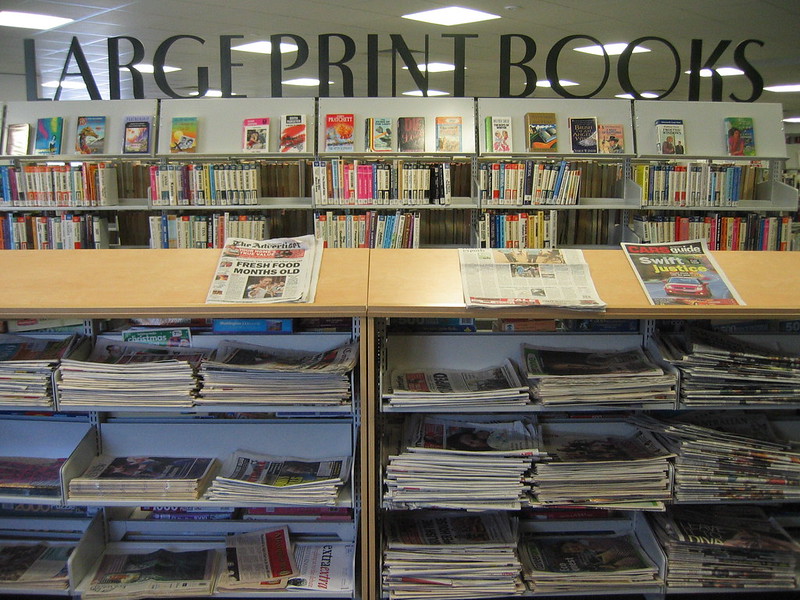
Big fonts? Great for eyes. Ending? They’ll never know. Boomers buy the entire Agatha Christie catalog in giant type but then only read the first chapter of each before setting them aside.
E-readers can adjust font size, highlight, and track progress. Instead, boomers will lug around a hardcover the size of a brick, complaining about shoulder strain. Modern tech > literal weightlifting. Plus, those big-print editions can cost twice as much as the regular size. They take up literal shelf space like paperweights, and dust bunnies love hiding in all that awkward typography. If you see one gathering cobwebs, it’s probably been there since 1998.
13. Dust-Catching Decorative Doilies
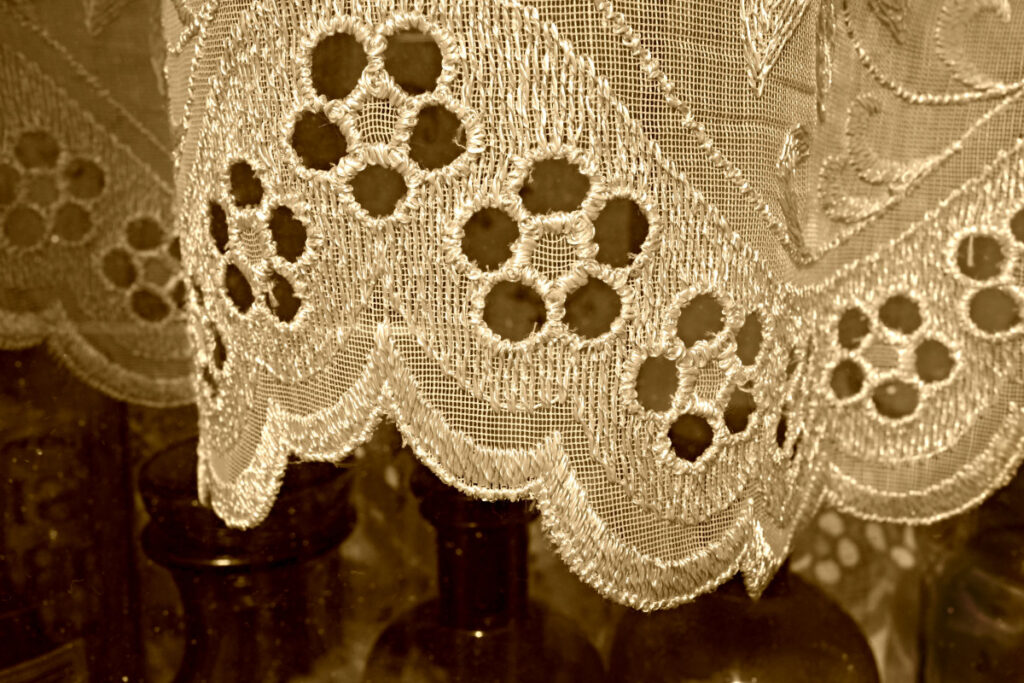
Doilies: lace circles that serve zero function and catch every mote of dust in the room. Boomers use them under vases, on recliner arms, and under remote controls—anything to preserve that vintage vibe. It’s like they’re building a shrine to dust itself.
In reality, these things require delicate hand-washing or risk unraveling. Microfiber cloths and simple coasters do the job at a fraction of the effort. But doilies let boomers feel like they’re maintaining a spotless home—despite spending hours dusting the dust-catchers. And heaven forbid you use them—wrinkles and discoloration are badges of shame in their eyes. They’ll spend more time adjusting a doily than actually cleaning the furniture underneath. When you finally suggest ditching them, expect a full genealogy of Great-Aunt Edith’s handiwork in reply.
This article is for informational purposes only and should not be construed as financial advice. Consult a financial professional before making investment or other financial decisions. The author and publisher make no warranties of any kind.







